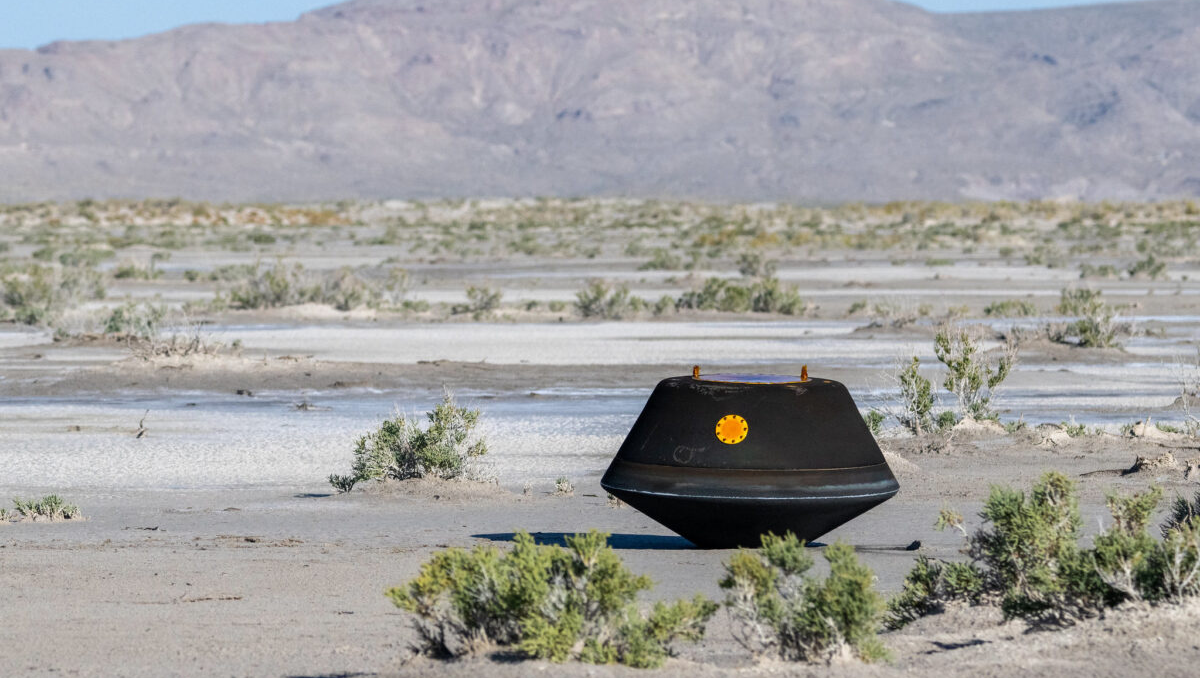NASA’s OSIRIS-REx mission finally came to an end on 24 September 2023 when the capsule full of rocks and samples from the asteroid, Bennu, finally landed on Earth. After years of patience and hard work by the OSIRIS-REx (Origins, Spectral Identification, Resource Identification, and Security-Regolith Explorer) team, the capsule touched down in a targeted area in Utah near Salt Lake City.
The capsule was carefully transported on a helicopter within one and a half hours of landing, to a temporary clean room where it is now connected to a continuous flow of Nitrogen.
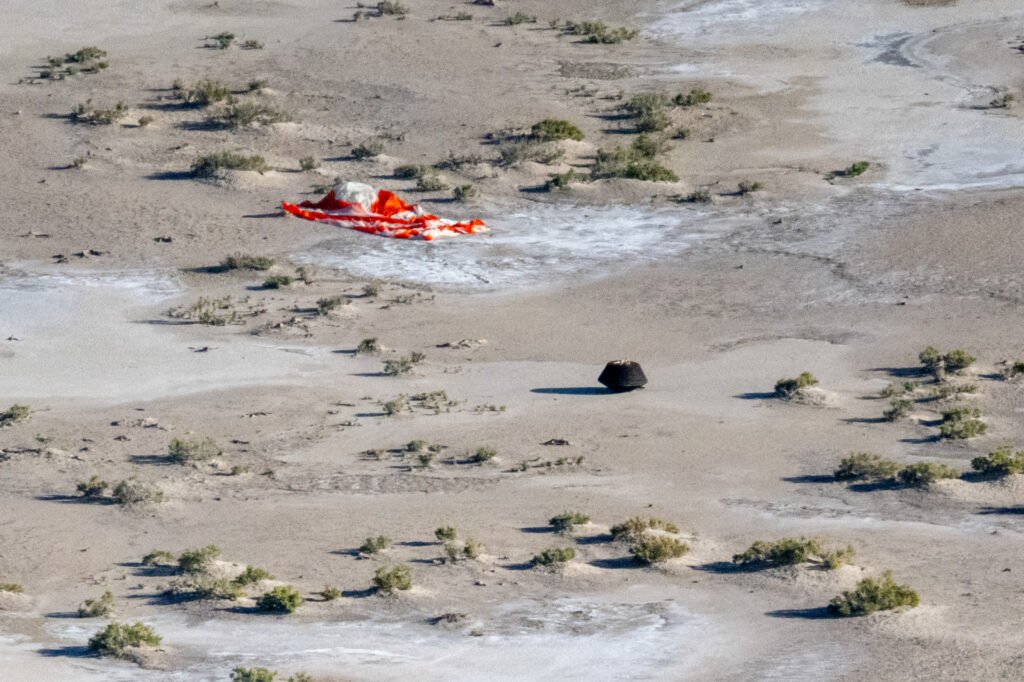
In NASA’s Report, Administrator Bill Nelson congratulated the OSIRIS-REx team saying, “Congratulations to the OSIRIS-REx team on a picture-perfect mission – the First American Ateroid sample return in history – which will deepen our understanding of the origin of our solar system and its formation”
He also mentioned that now that we have the samples of the asteroid which is actually hazardous, we might be able to understand the different types of asteroids that might come our way.
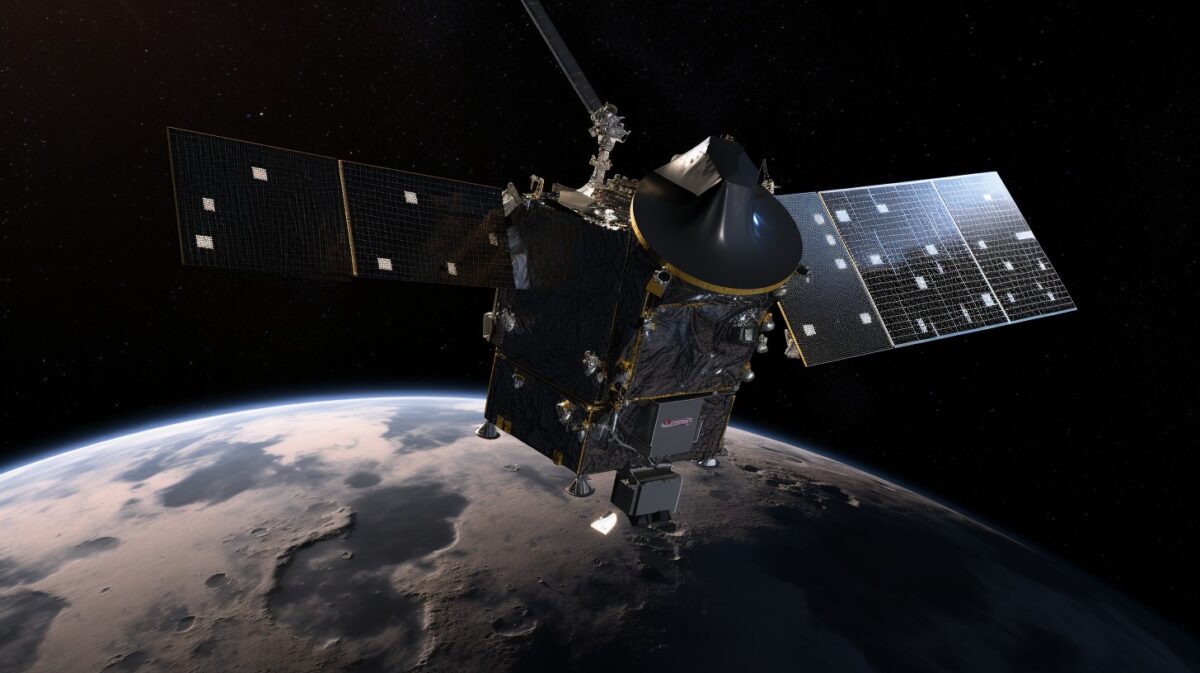
NASA to reveal the sample at a conference:
The first asteroid sample which was brought to Earth by the United States and collected in space after a journey of billions of miles to Bennu and back, will be revealed on Wednesday 11 October, at NASA’s Johnson Space Center in Houston.
A news conference will be hosted by NASA at 11:00 am EDT, for the reveal of the Bennu samples which will be aired live on NASA Television, NASA App, and the agency’s website.

The OSIRIS-REx science team will have a discussion and analysis of the sample that landed on 24 September.
Participants in the news conference include:
- NASA Administrator Bill Nelson
- OSIRIS-REx Deputy Curation Lead, NASA Johnson, Francis McCubbin
- Daniel Glavin, OSIRIS-REx Sample Analysis Lead, NASA Goddard Space Flight Center, Greenbelt
- Dante Lauretta, OSIRIS-REx Principal investigator, University of Arizona, Tucson
This event has limited availability due to the space in the facility. U.S. and international media are asked to request participation in advance. To know more about the participation, click here.
The media (on-site) will have the opportunity to interact with the experts and see the sample, live (on-screen) from the curation laboratory.
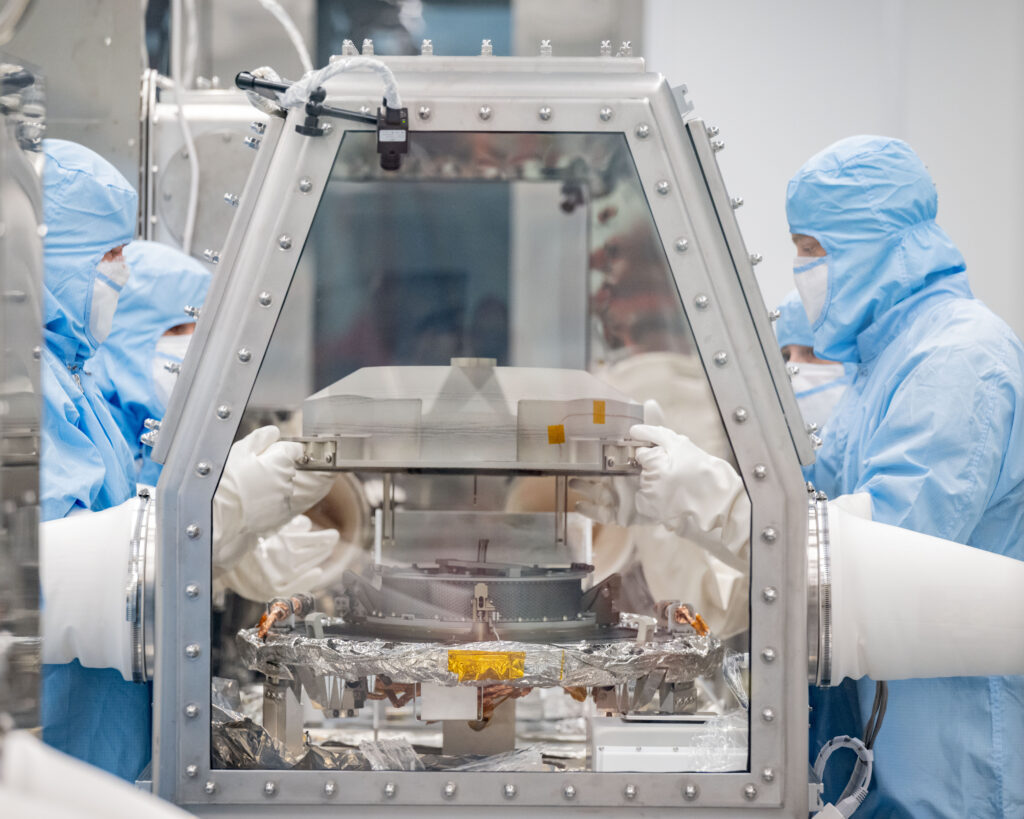
After the capsule landed at the site, the curators carefully disassembled the sample container to extract a bulk of the sample. Researchers and experts performed a first-look analysis which will be discussed in the conference on 11th Oct.
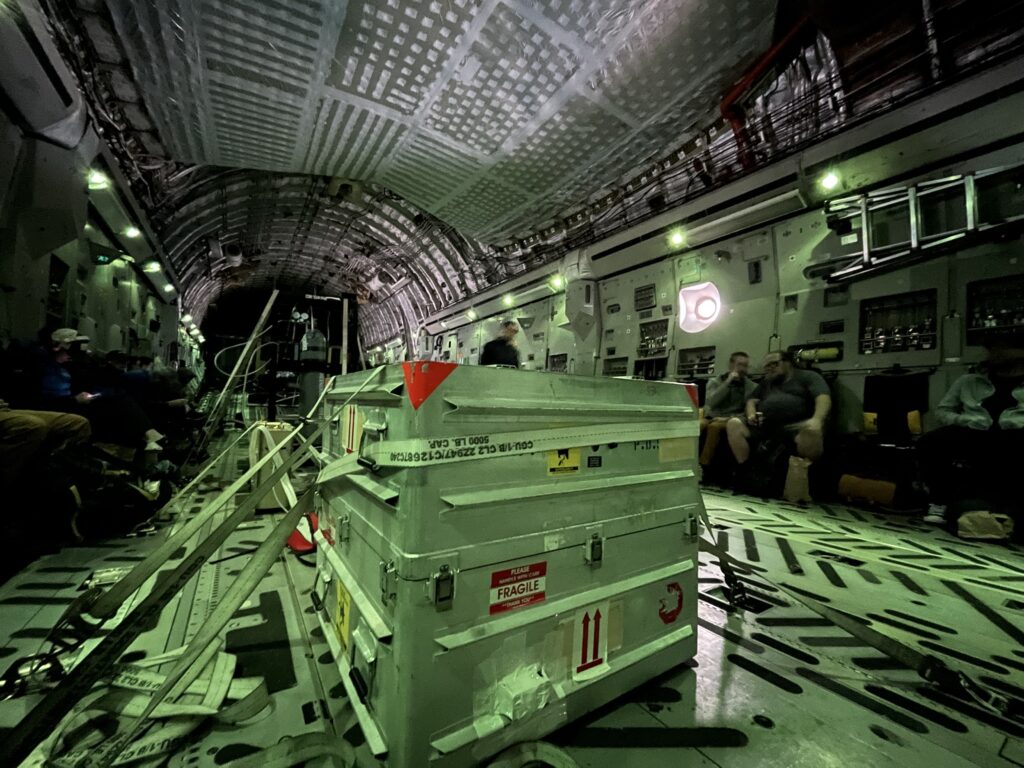
NASA has built a new OSIRIS-REx Sample Curation Laboratory where the curators of the Astromaterials Research and Exploration Science team will manage the distribution of samples to scientists around the world over the years. A portion of the samples will also be reserved for research decades from now, utilizing the improved technology over the years.
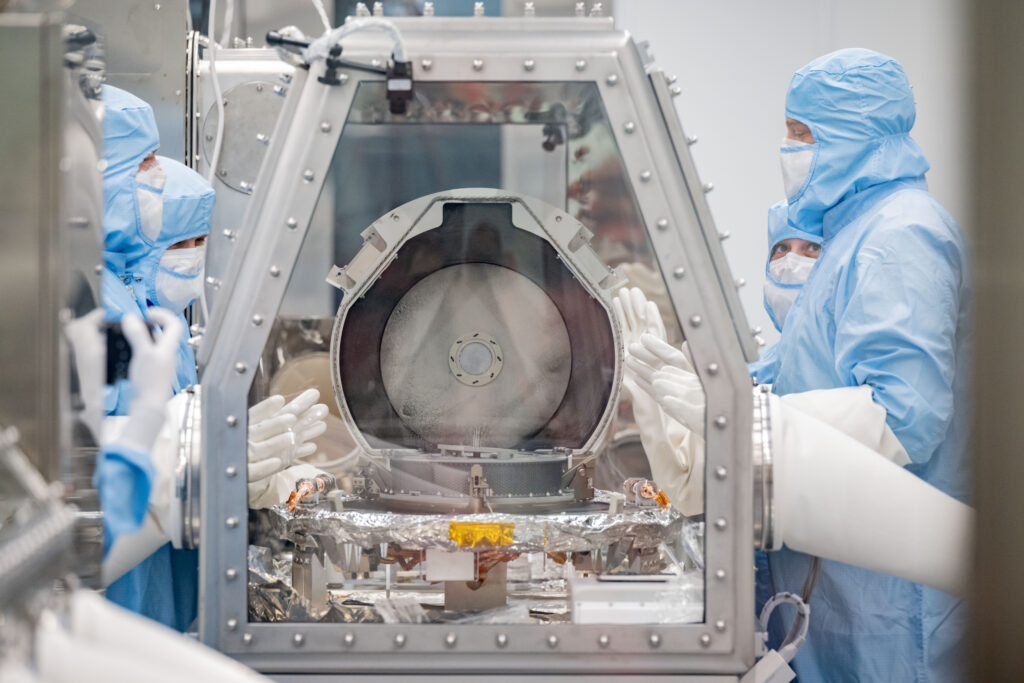
Overview of the OSIRIS-REx Mission
On September 8, 2016, NASA launched the OSIRIS-REx (Origins, Spectral Identification, Resource Identification, and Security-Regolith Explorer) spacecraft from Cape Canaveral, Florida. The mission aimed to collect the samples of a near-Earth asteroid called 101955 Bennu from its surface and bring it back to Earth.

The study of the samples will be essential in understanding the formation of our solar system and the planets.
Two years later, on Dec 3, 2018, arriving at Bennu, OSIRIS-REx started mapping the asteroid to find a safe landing location for the collection of the samples. The landing of OSIRIS-REx was the most difficult task as the surface of Bennu was extremely rocky with dangerous boulders.
After a year, the mission team decided to land the spacecraft in a place they called, ‘Nightingale’
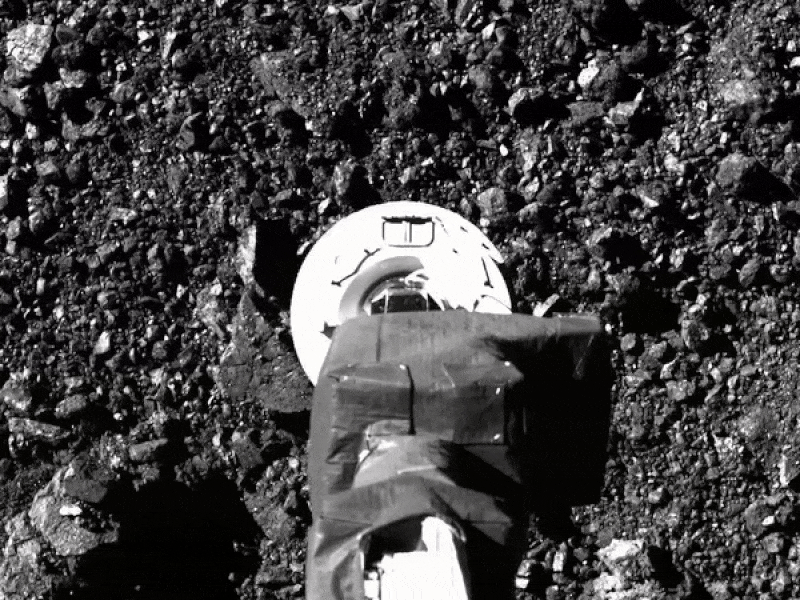
On Oct. 20, 2020, OSIRIS-REx unfurled its robotic arm and for the first time, touched down on the surface to collect samples in a technique called, ‘Touch-and-Go’ or TAG.
Two days later, images confirmed that OSIRIS-REx had collected sufficient samples and was instructed to close the Sample Return Capsule.
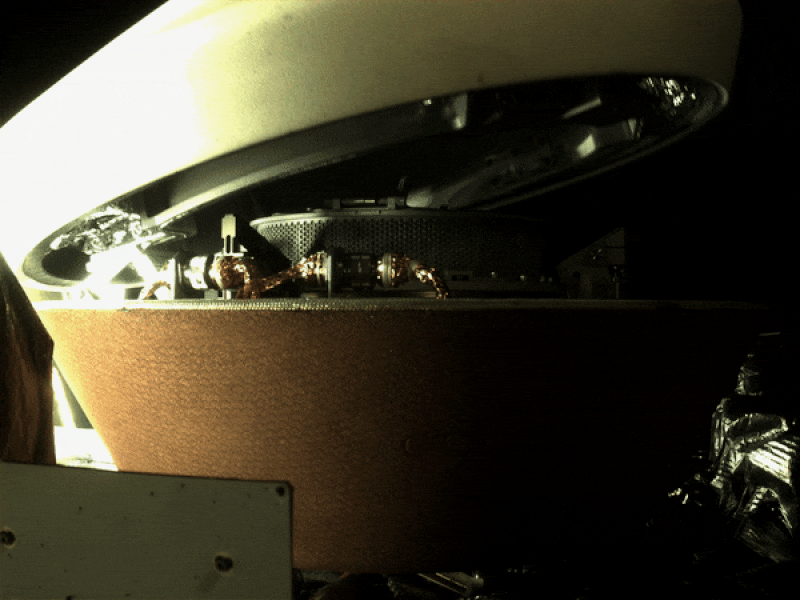
On April 7, 2021, OSIRIS-REx completed the last flyover of the Bennu and left the asteroid, heading towards Earth. On September 24, OSIRIS-REx reached Earth after orbiting the sun twice. The capsule holding samples detached from the spacecraft and entered the Earth’s atmosphere. The capsule parachuted toward the Department of Defense in Utah and landed at the targeted land site.
But that is not the end for OSIRIS-REx. After delivering the samples of Bennu, OSIRIS-REx is on a new mission. With a new name, OSIRIS-APEX (OSIRIS-APophis Explorer), the spacecraft is on a journey to explore Apophis, an asteroid roughly 1200 ft in diameter that will come within 20,000 miles of Earth in 2029.


